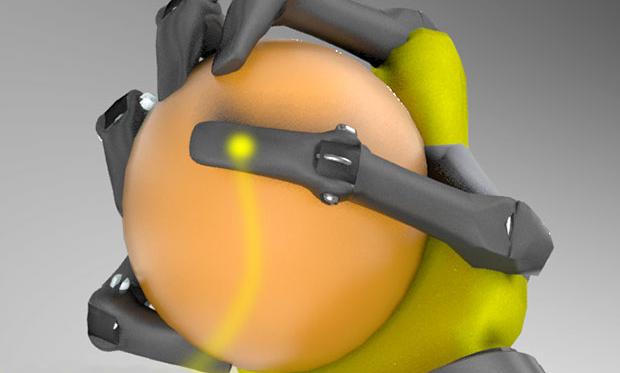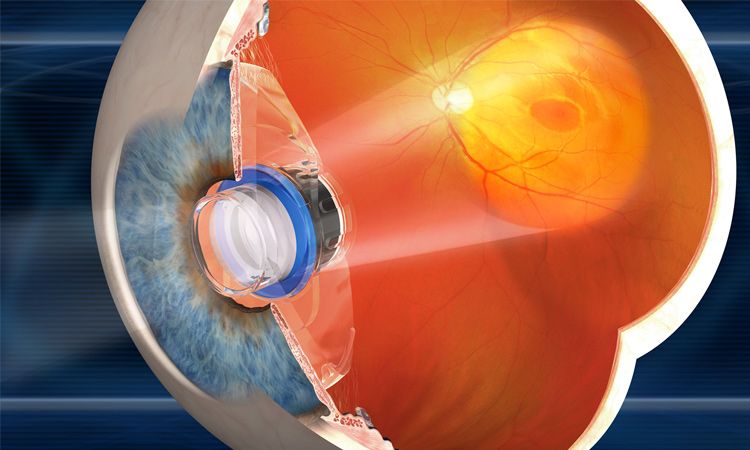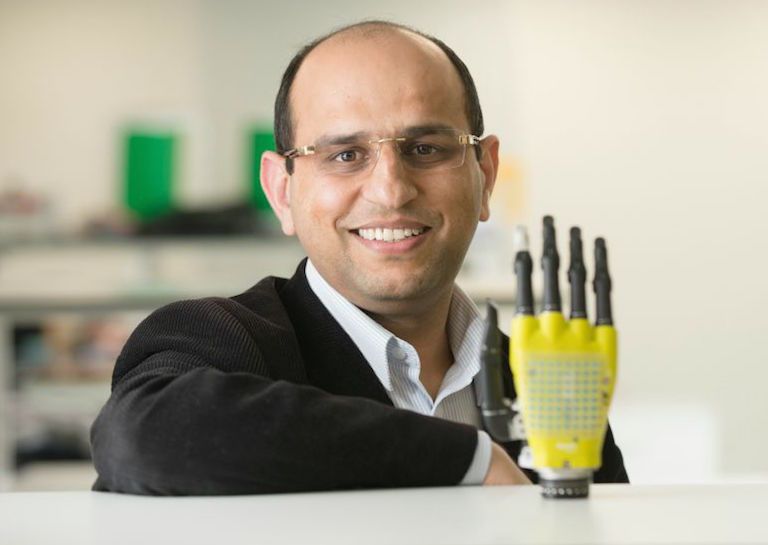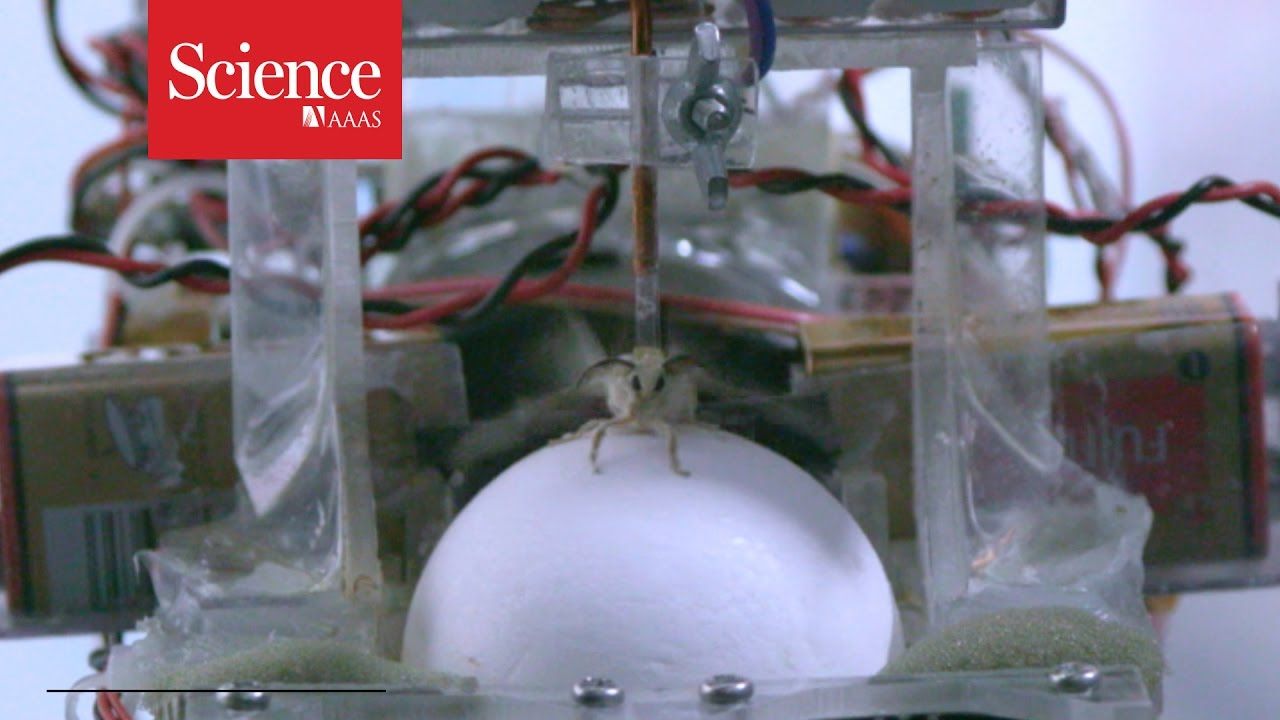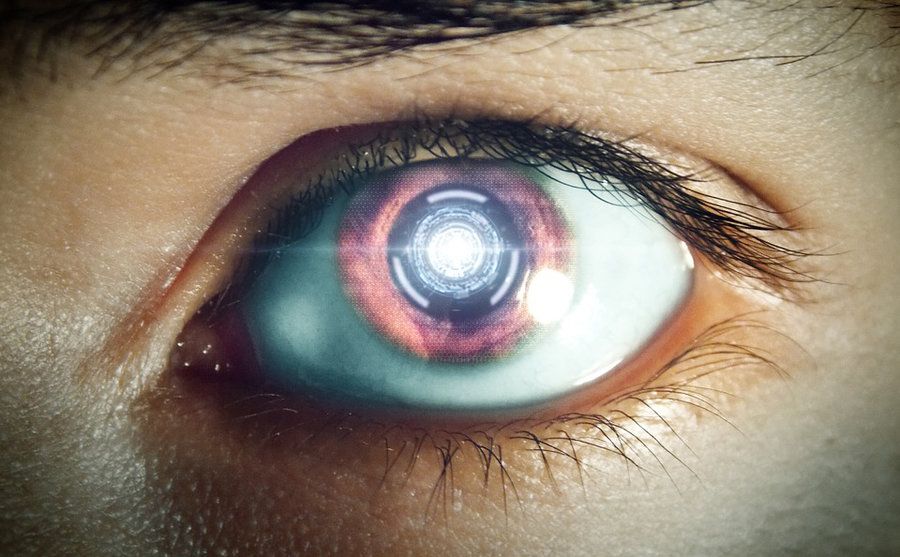Its six compact jet engines will send you hurtling through the sky at 100 mph.
The media is bursting at its seams with what seems to be the superhero revolution. Comic book publishers like Marvel and DC have spilled over onto the big screen, and now it may look as though they’re spilling over into our technology in the real world. While we have been making efforts at a superhero heads up display or an iron man workout suit, we are also inching our way up to a functional flight suit.
Gravity is a British technology start-up started by Richard Browning on March 31, 2017. The company has developed a human propulsion system to re-imagine manned flight. With miniaturized jet engines and a customized exoskeleton, the Daedalus is expected to push us into a new era of aviation. Browning and his team developed the suit over the course of 2016, with the team’s journey covered in this short documentary:


